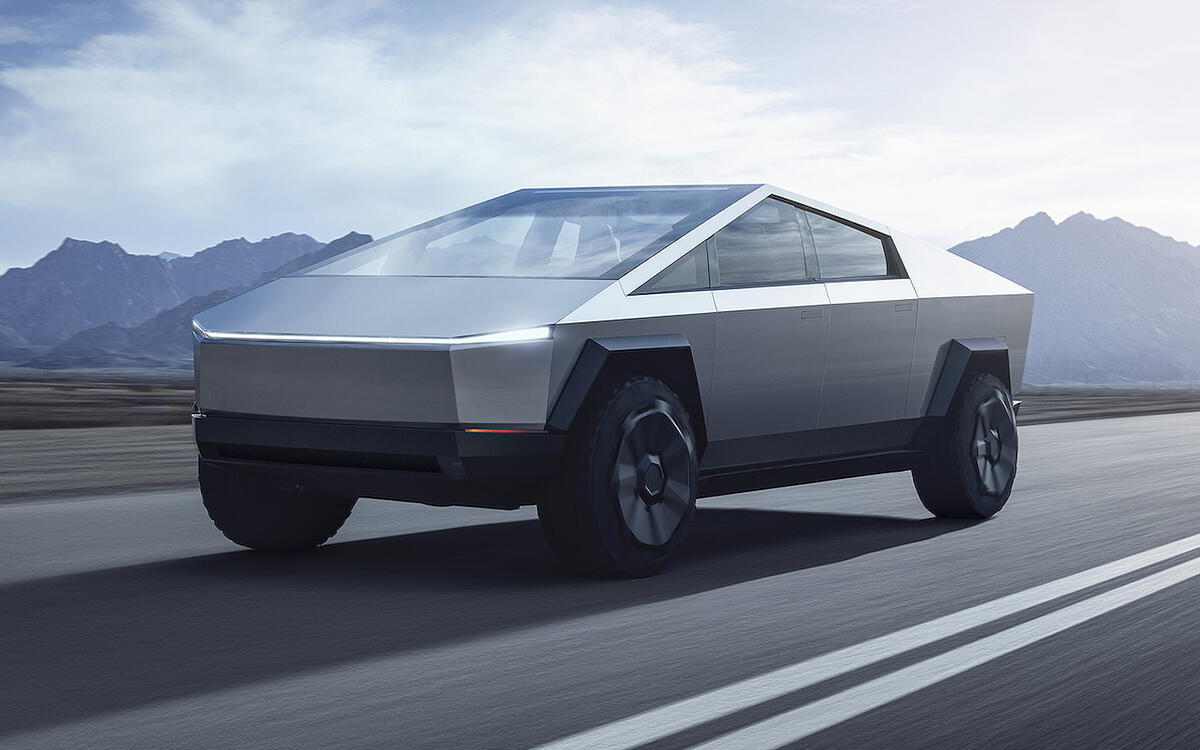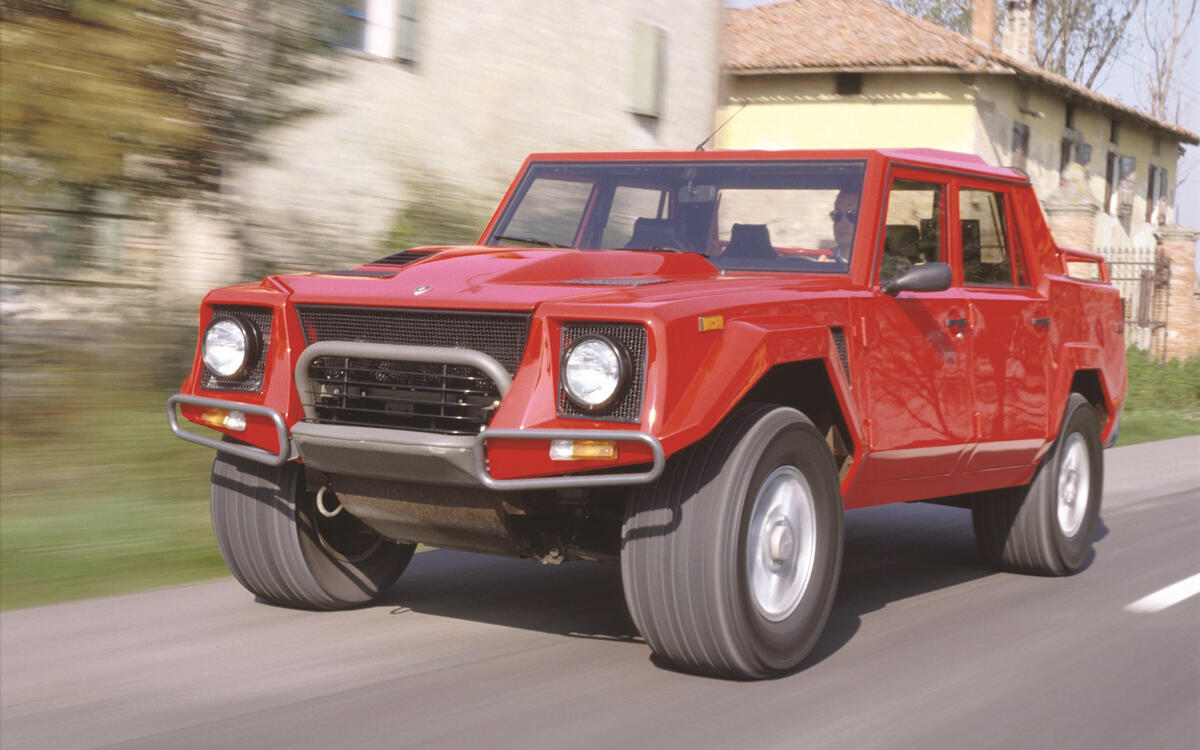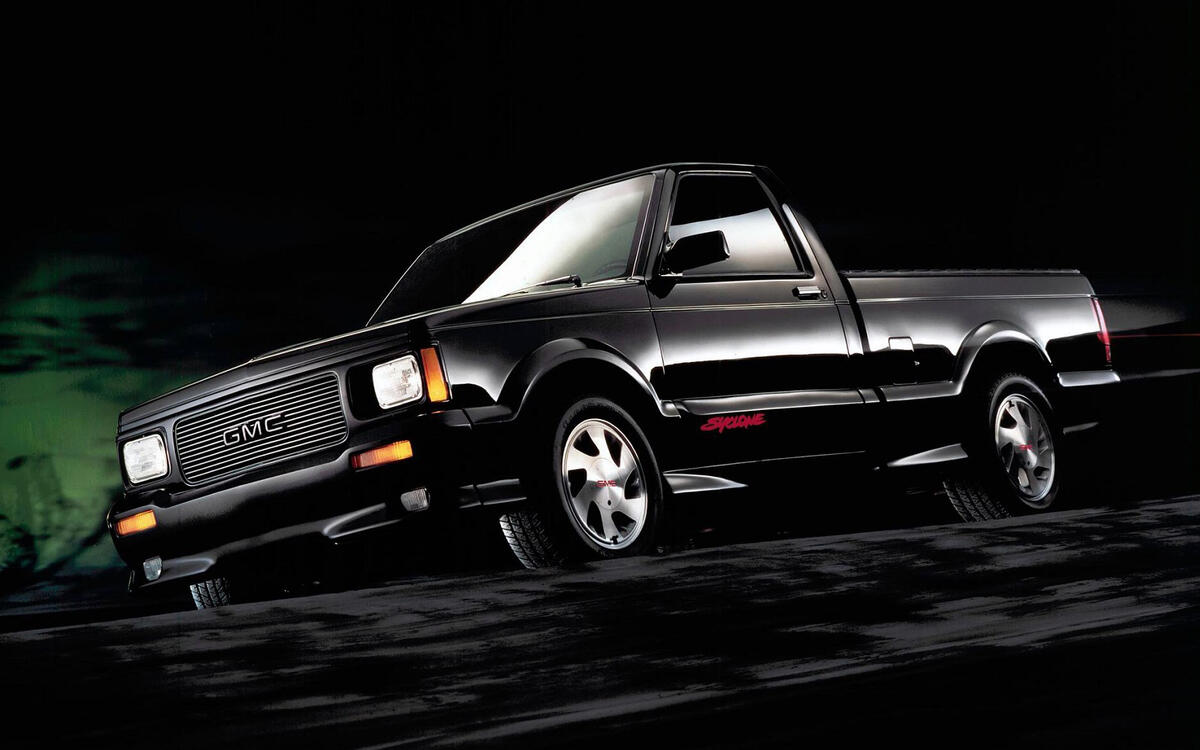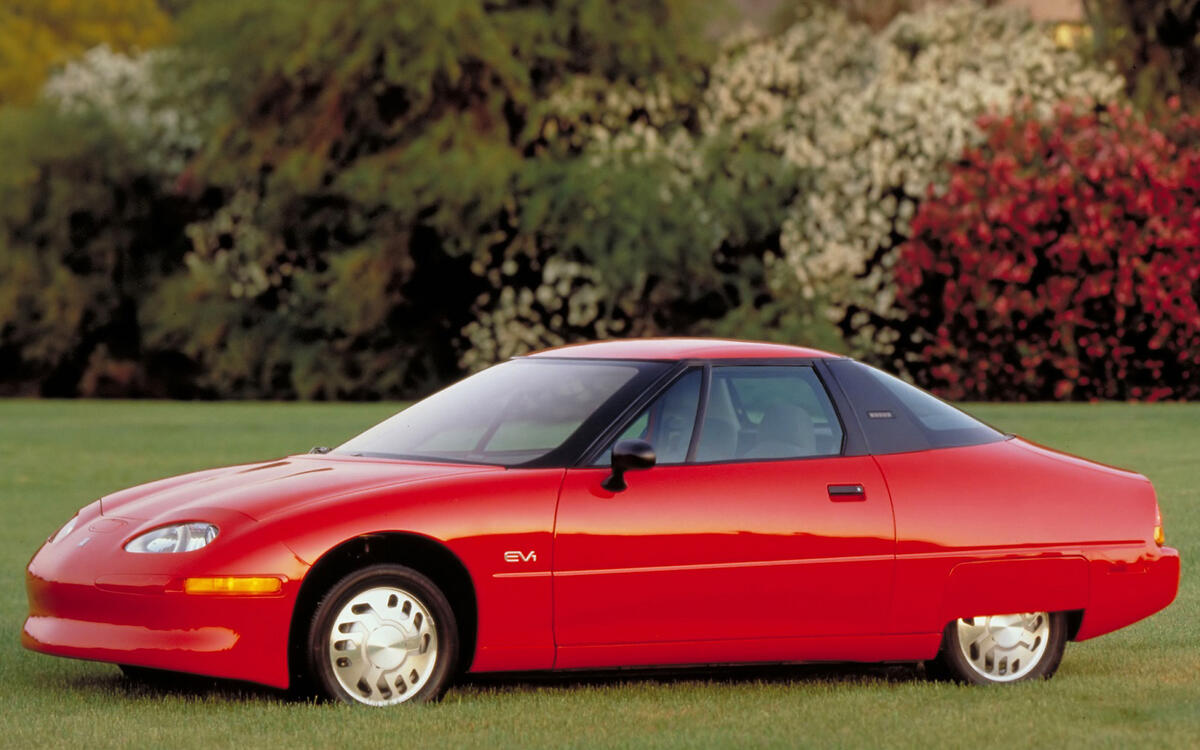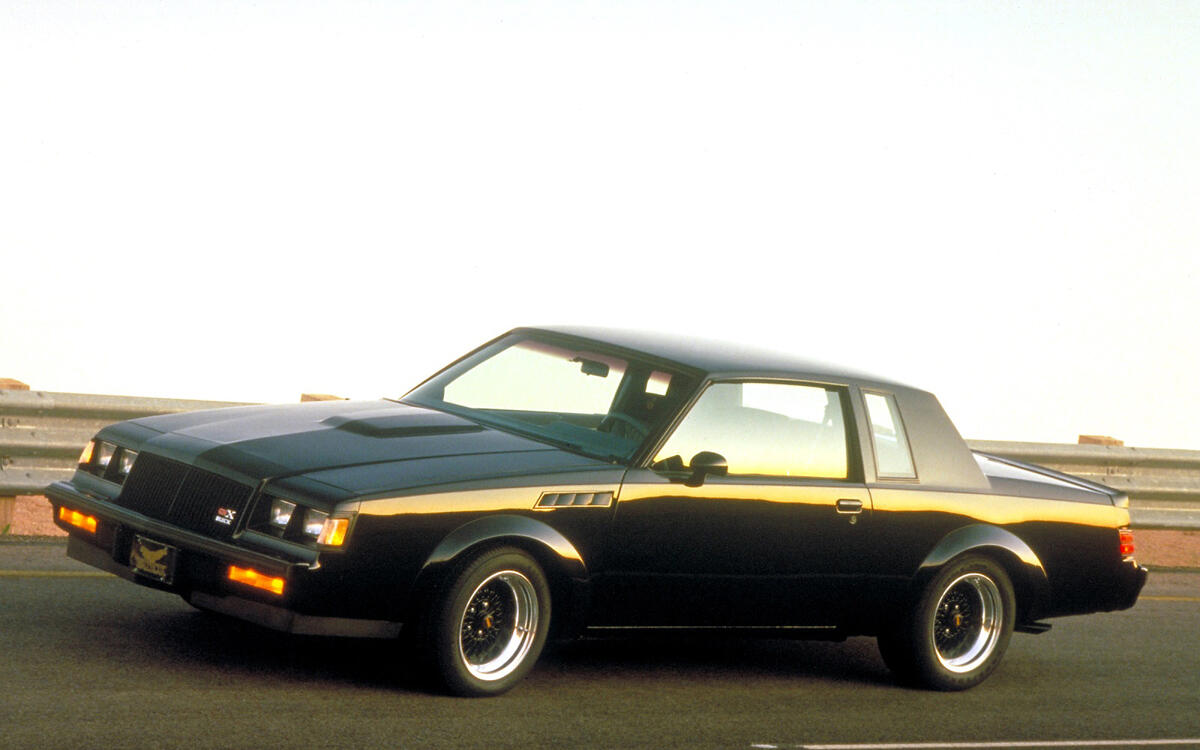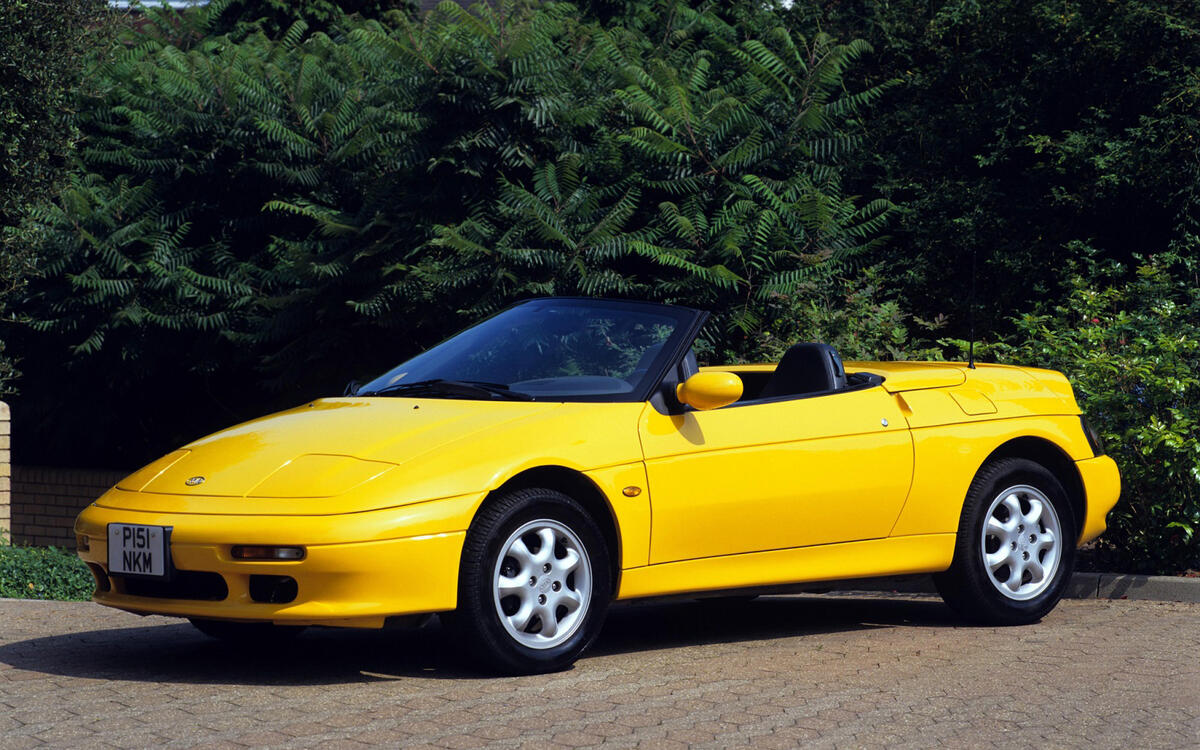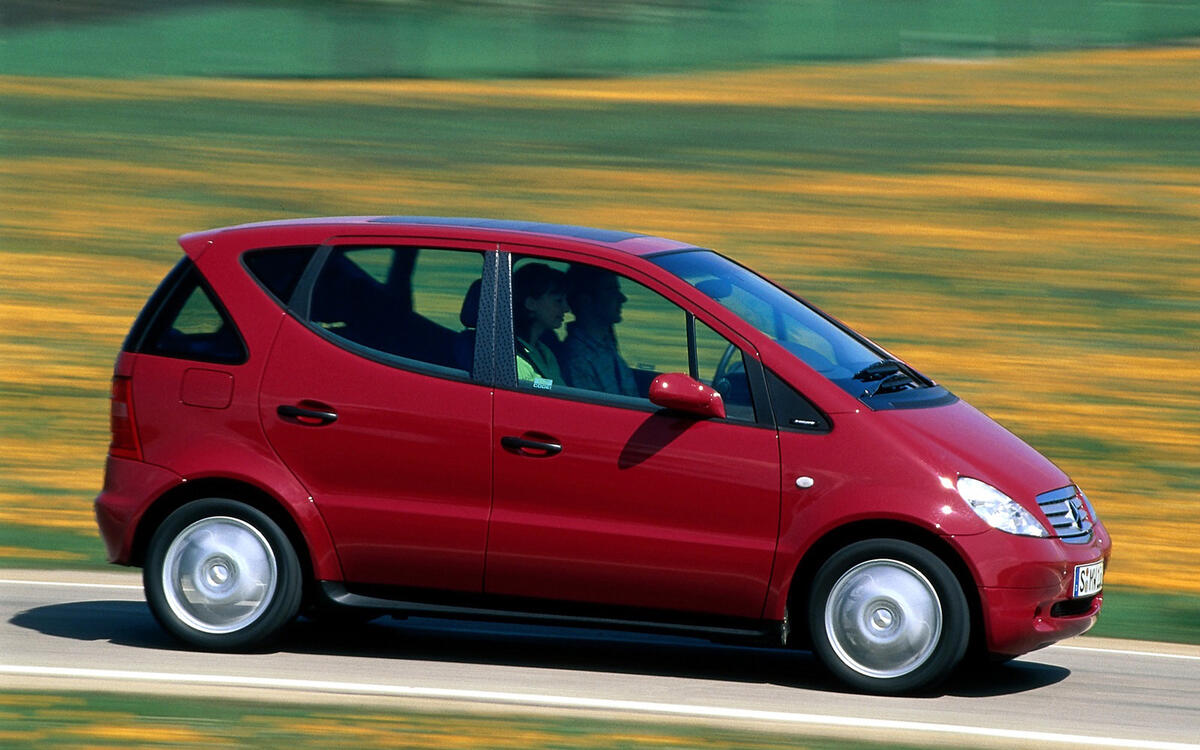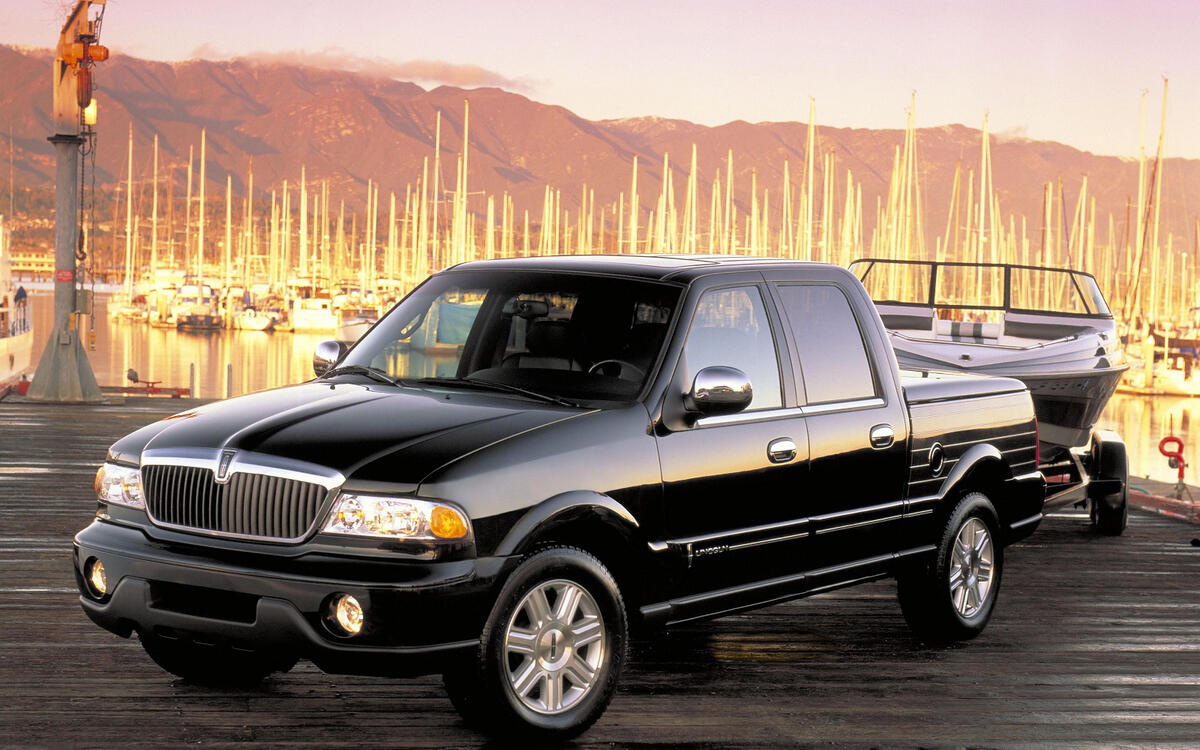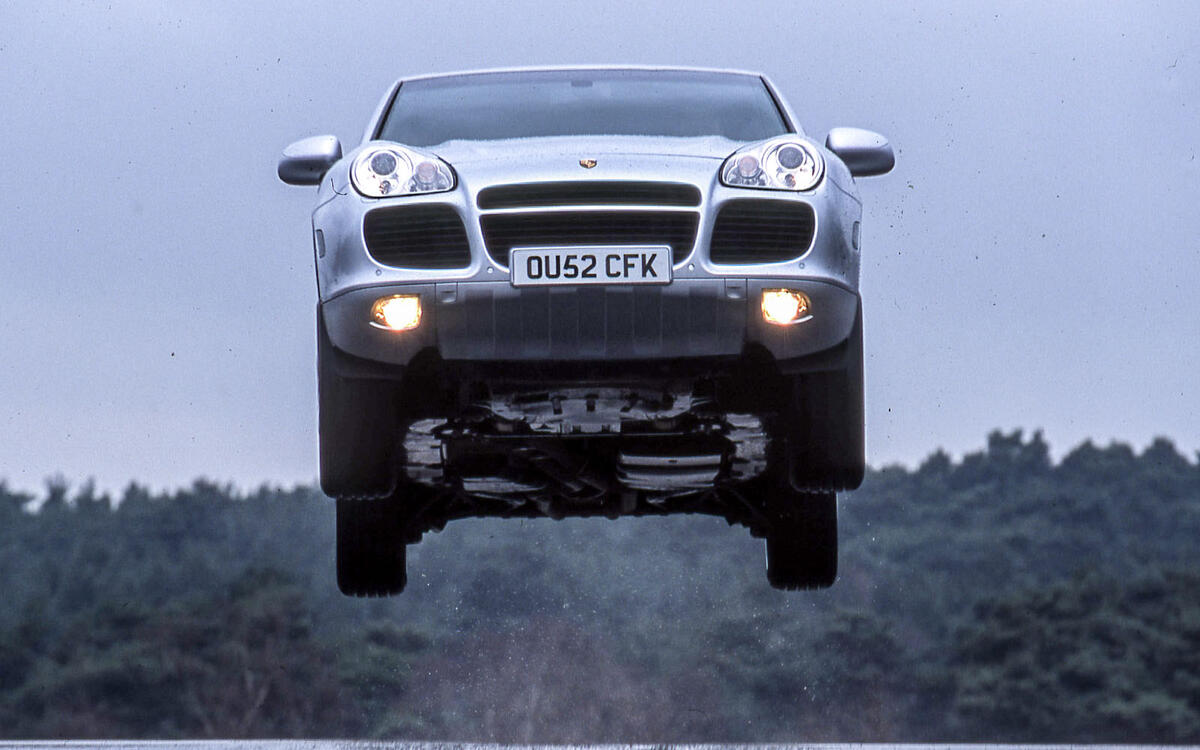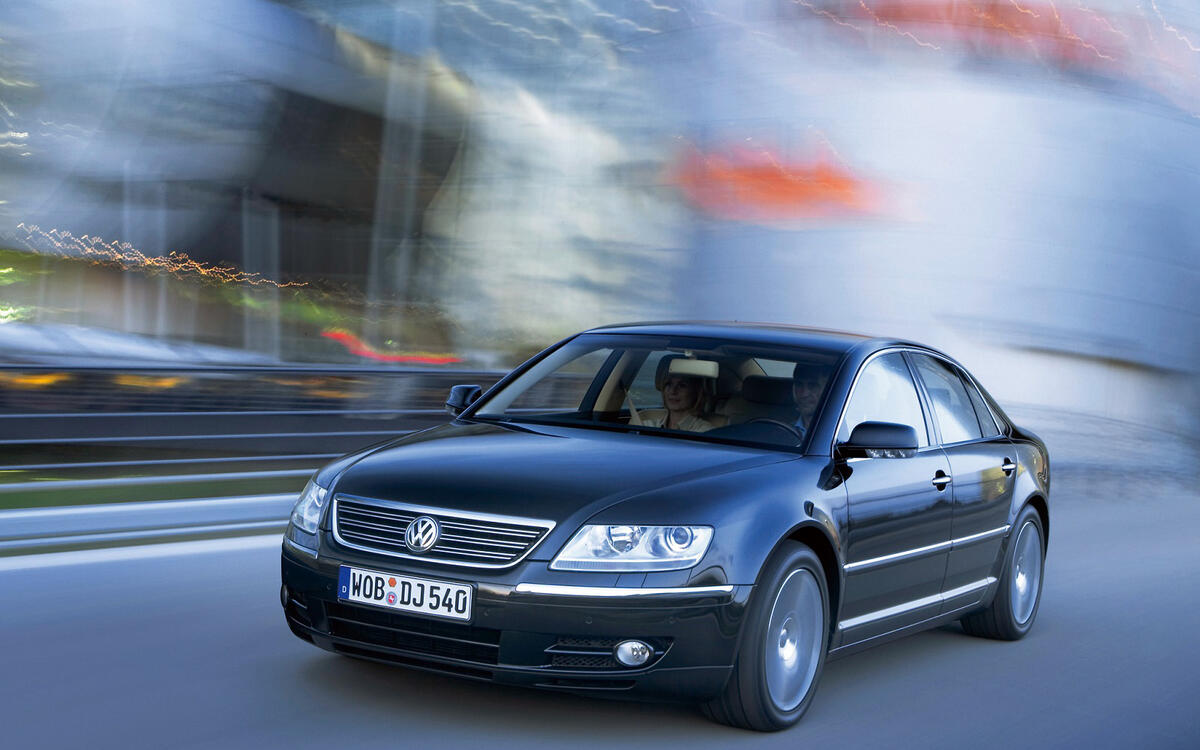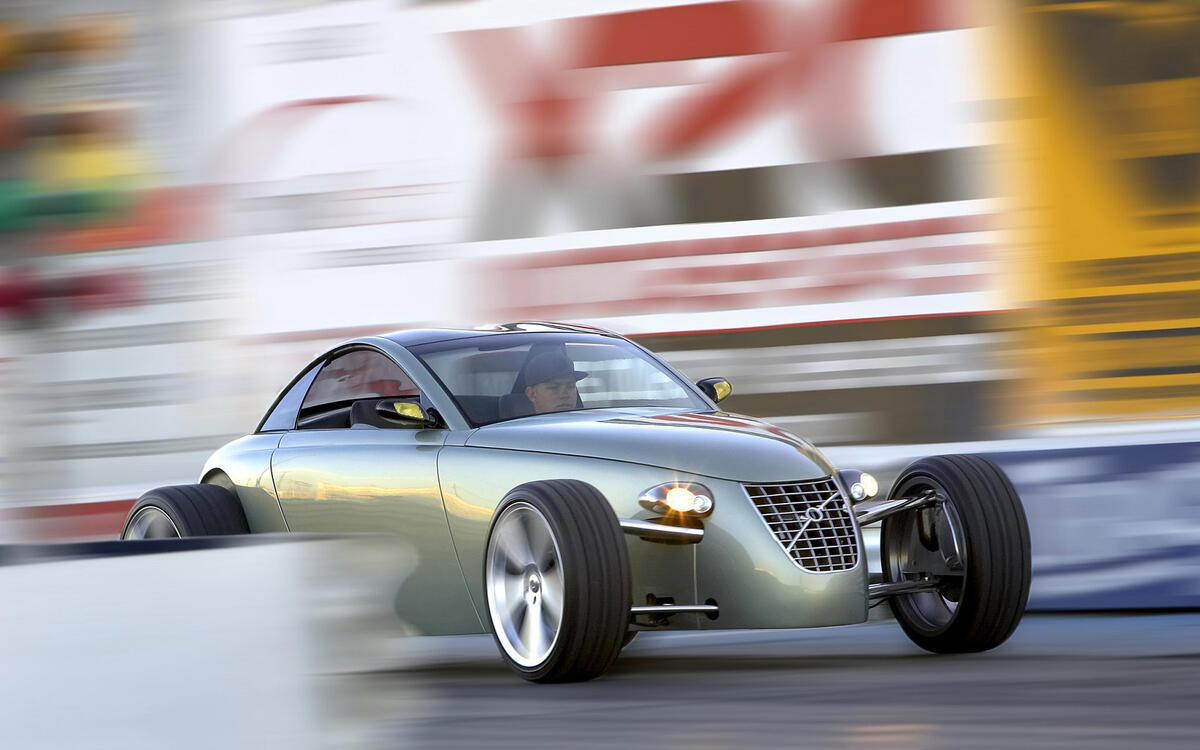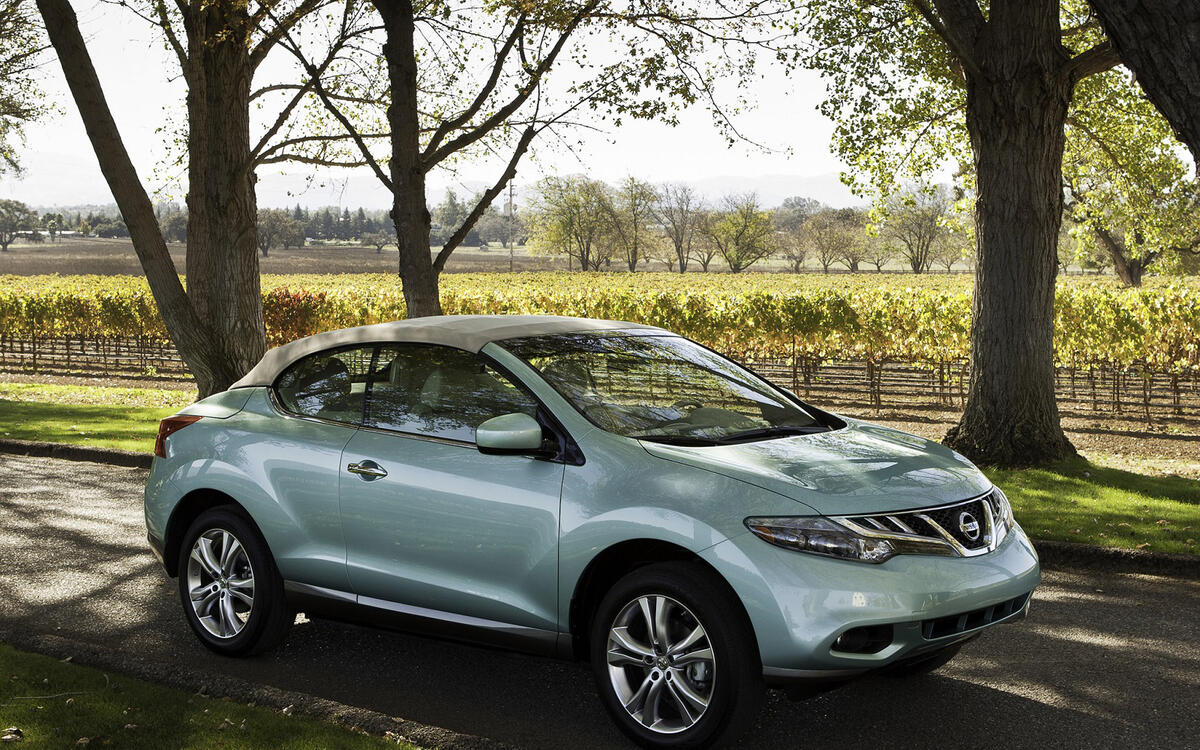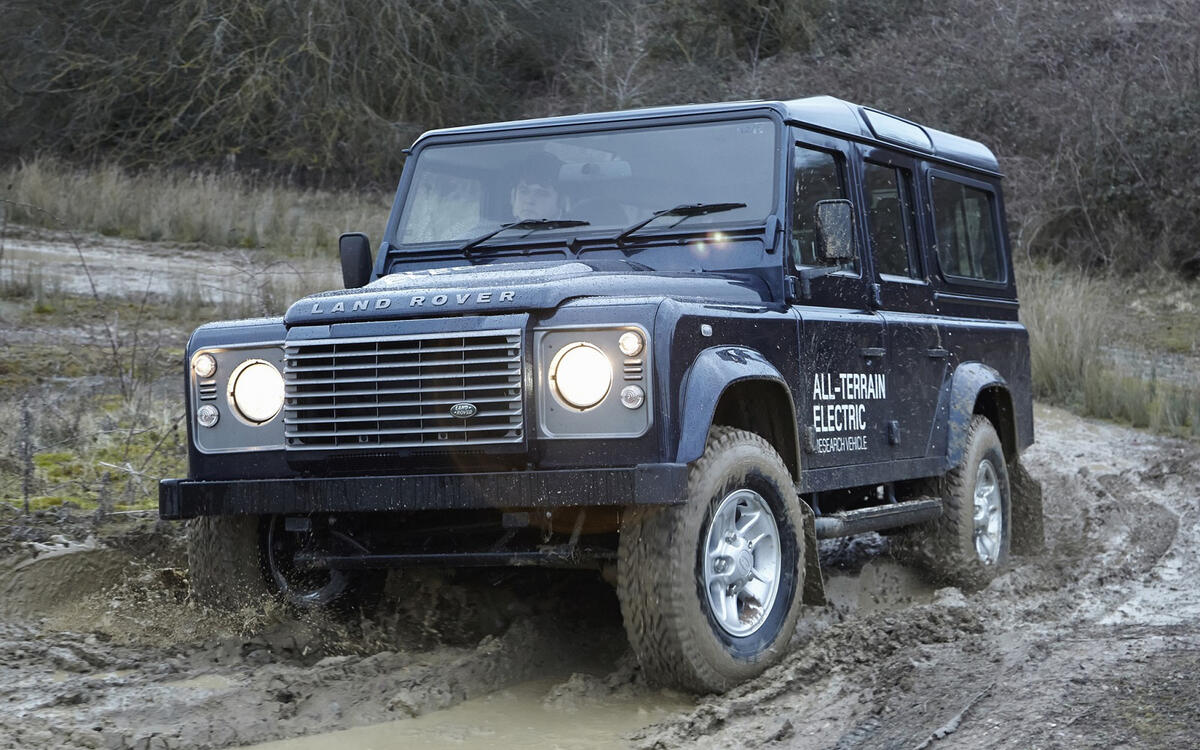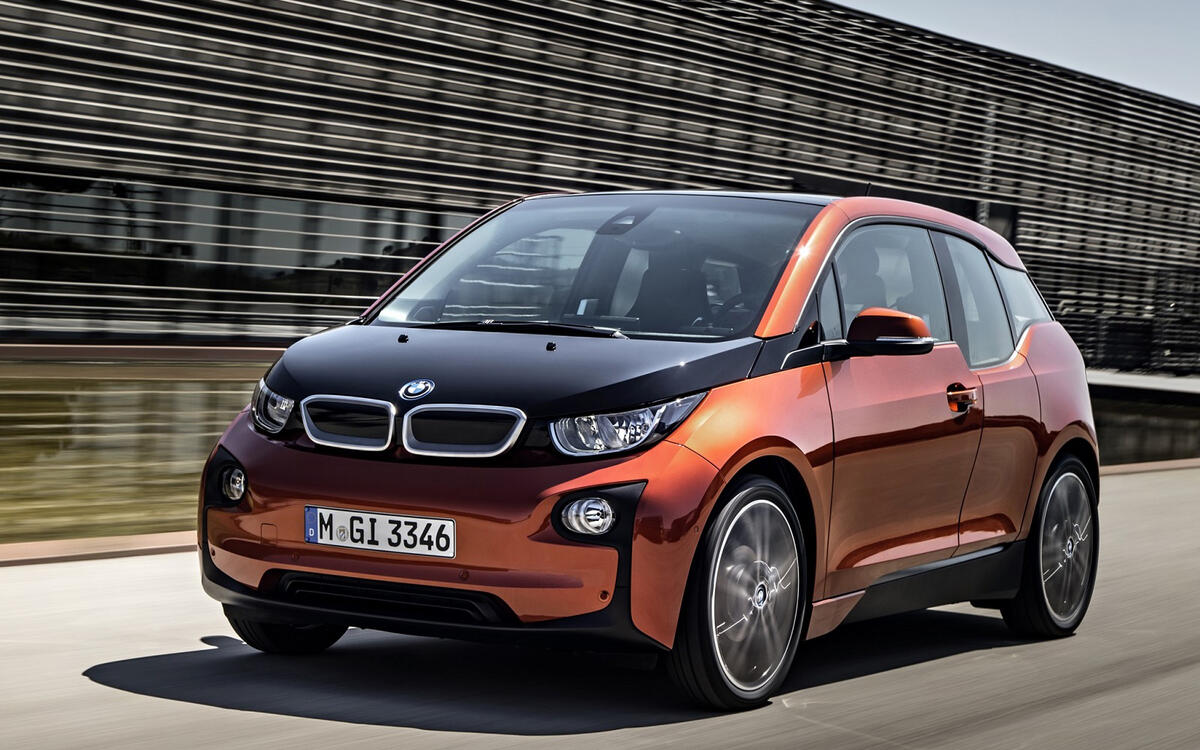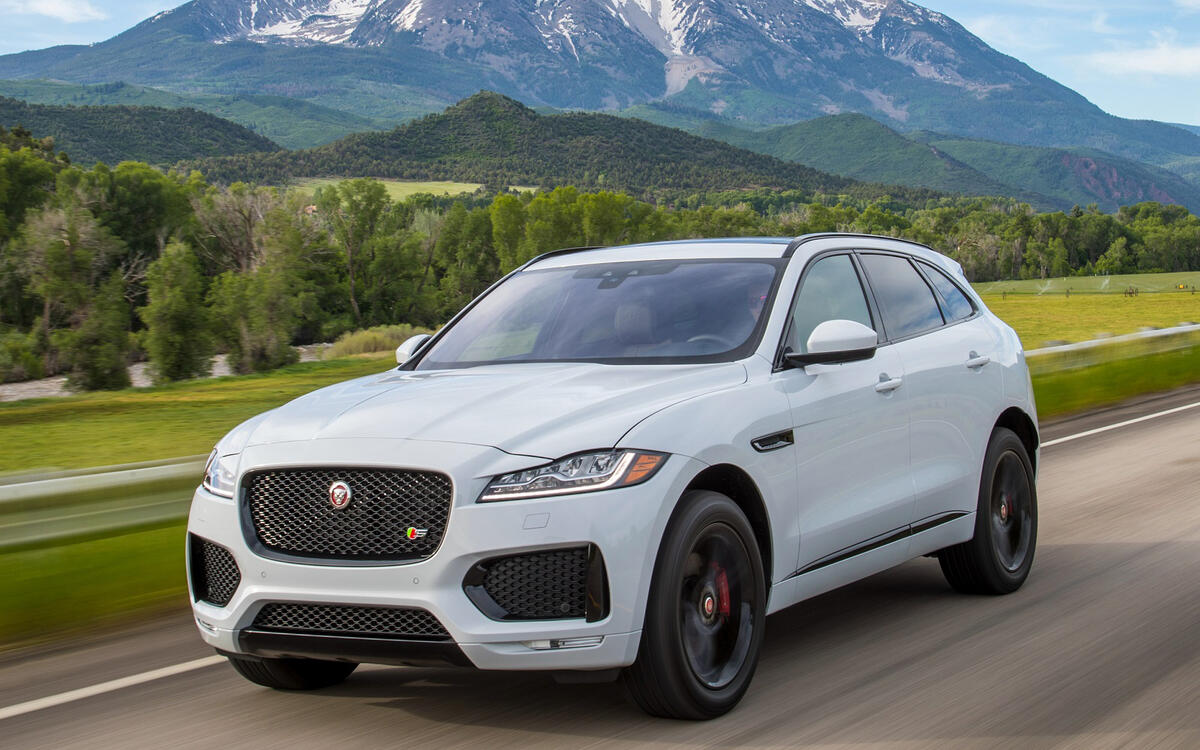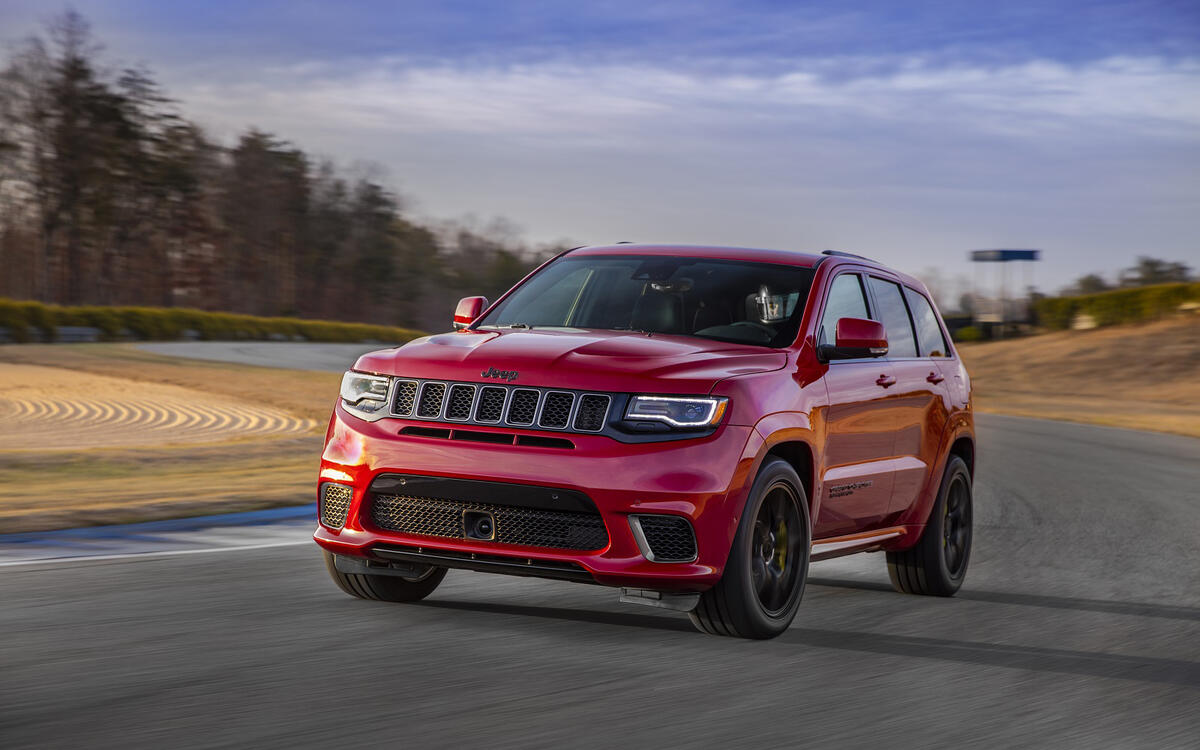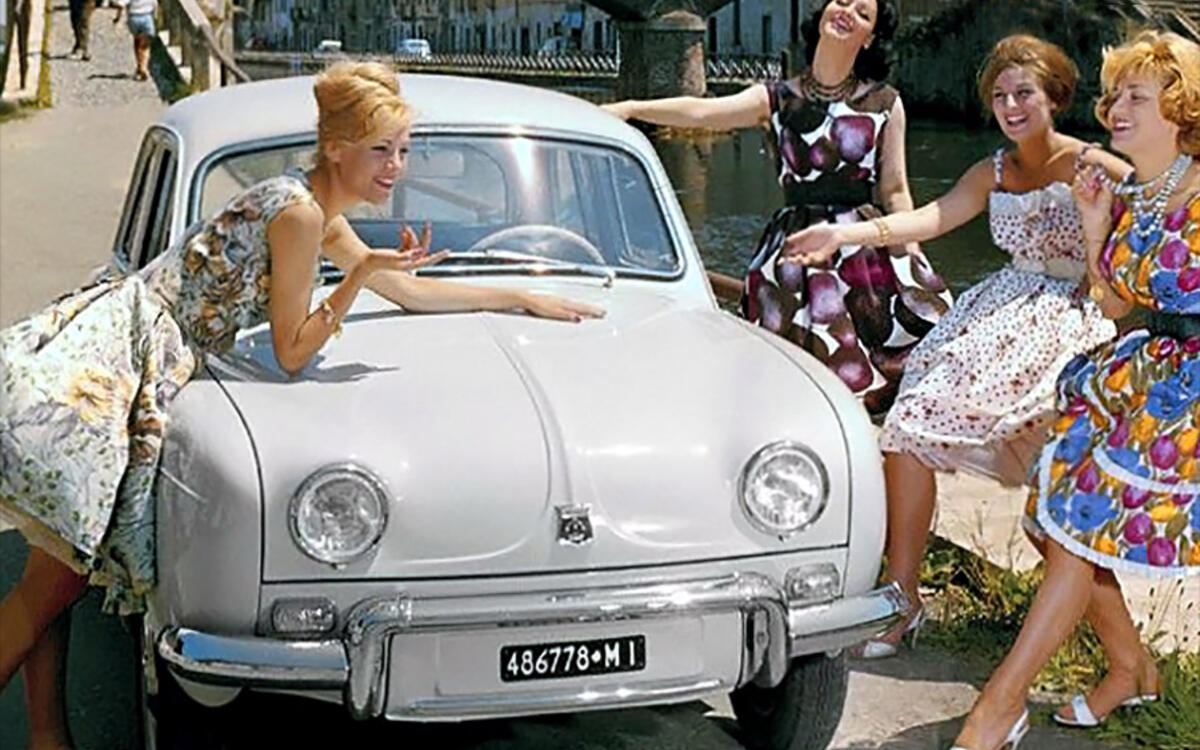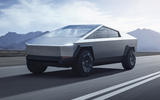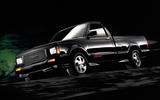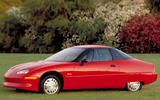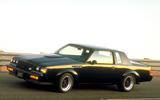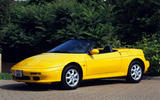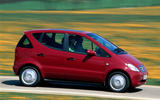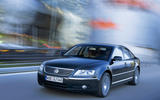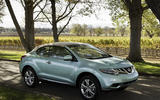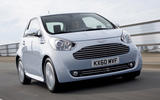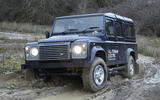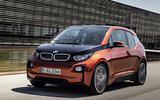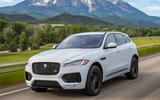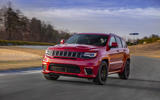 Slide of
Slide of
To say that the unveiling of Tesla’s new Cybertruck has made an impact is a large understatement.
While the industry expected a smart tech-heavy machine that was recognisably a pickup – something along the lines of the Rivian, we instead got a machine that seemed to have arrived on an alien spacecraft.
And while we’re grown used to surprises from Tesla, they’ve tended to be unsurprising surprises: ever more ludicrous acceleration times, ever more vehicle autonomy. But the Cybertruck was on another level: a complete reimagining of what a next-generation pickup could be.
It joins a pantheon of vehicles that shocked, surprised and sometimes plain impressed us – let’s take a look:
 Slide of
Slide of
Lamborghini LM002 (1986)
An esteemed company known for making two-seater supercars steps out of bounds and comes back with an SUV. Sound familiar? It’s par for the course today, but it was an unbelievable plot twist when Lamborghini released the LM002 in 1986.
The LM002 project started when Lamborghini tried securing a contract to manufacture an off-roader for the US Army. Heavy and rear-engined, its Cheetah prototype was unimpressive at best. Officials gave the contract to AM General’s Humvee instead. Lamborghini wasn’t in a position to waste time or money, so it used the knowledge gained during the Cheetah project to develop the LM002, its first SUV. Lamborghini unveil its second SUV, the 600bhp V8 Urus, in late 2017.
 Slide of
Slide of
GMC Syclone (1991)
Forget the low-rider looks; the GMC Syclone is actually a factory-built hot rod with a surprising amount of power under the bonnet. Starting with a Sonoma pickup, GMC added a turbocharged 4.3-litre V6 developed specifically for the model and coupled it to a four-speed automatic transmission. The six-cylinder made 280hp.
Car & Driver magazine believed General Motors’ truck-building division had a Ferrari killer on its hands, so it headed to a drag strip to test its hypothesis. Helped by a rear-biased all-wheel drive system, the Syclone famously beat a 348TS in a quarter-mile race.
 Slide of
Slide of
General Motors EV1 (1996)
You would expect a start-up, not General Motors, to launch a car like the EV1. Its forward-thinking, flying saucer-like design was only the beginning. The EV1 used a 137hp electric motor connected to a 16.5kWh battery. Aluminium and plastic reduced its weight to approximately 1400kg.
GM offered the EV1 through a lease program in select US states. It cancelled the project in 2003, citing the impossibility of producing such an advanced car profitably. Customers protested as they reluctantly returned the cars. Most of the 1147 examples built ended up recycled, which spurred dramatic conspiracy theories. GM CEO Rick Wagoner later said that the cancellation of the EV1 project was his biggest professional regret.
 Slide of
Slide of
Buick GNX (1987)
Buick isn’t the brand that comes to mind when you think of performance, unless you’re thinking about performance during a golf tournament for their drivers. And yet, in the 1980s General Motors’ semi-premium brand made its homely Regal faster than a Chevrolet Camaro.
The Grand National made its debut in 1982 to celebrate Buick’s success in NASCAR racing. The original car’s 4.1-litre V6 could only muster up 125hp. Buick axed the nameplate in 1983 but brought it back in 1984 with 200hp from a turbocharged 3.8-litre V6. Power gradually increased leading up to the 1987 GNX, one of Buick’s most collectible models.
On paper, the limited-edition GNX boasted 276hp; in reality, the number was closer to 300. Buick under-valued performance numbers to protect the Chevrolet Corvette’s image, in yet another example of GM worrying more about its own brands rather than thinking about those of its competitors.
 Slide of
Slide of
Kia Elan (1996)
As its confidence grew, Kia began wishing for a halo model positioned at the top of its line-up. It contacted Lotus to talk about jointly developing a sports car, but the negotiations took an unexpected turn when it ended up purchasing the rights to produce the M100-generation Elan. The two cars were nearly identical from the outside, but the Kia Elan used a 151hp 1.8-litre engine from the Sephia.
The Elan made a lot of sense as a Lotus. It was an odd car from a company then synonymous with bargain-basement econoboxes like the Pride. Kia produced less than 1000 examples. Most were sold in South Korea, but a tiny amount trickled into the UK.
 Slide of
Slide of
Mercedes-Benz A-Class (W468, 1997)
Mercedes-Benz’s first entry into the city car segment raised more than a few eyebrows at the 1997 Frankfurt motor show. The original A-Class was neither sporty nor luxurious, and its unconventionally tall body sat on the brand’s first front-wheel drive platform. Early examples made headlines when they failed the ‘Elk Test’, which consists of performing an evasive manoeuvre at about 50mph.
After stopping A-Class sales for three months, Mercedes remedied the problem by installing electronic stability control and making changes to the suspension.
 Slide of
Slide of
Lincoln Blackwood (2001)
The rationale behind the Blackwood was, “if Lincoln can sell an SUV it can sell a pickup truck, too.” The Ford F-150-based Blackwood got a Navigator-like front end, faux wood panelling on the sides and a carpet-lined cargo compartment hidden under a power-operated plastic cover.
The concept made sense on paper, but buyers met Lincoln’s first pickup with scepticism. It offered none of the versatility they looked for in a pickup and it only came with rear-wheel drive. Production ended a little over year after its introduction, making it the shortest-lived model ever to join the Lincoln line-up.
 Slide of
Slide of
Porsche Cayenne (2002)
Porsche predicted it could successfully build an off-roader several decades before introducing the Cayenne, but it didn’t have the money to see the project through until the early 2000s. The Cayenne was the company’s first full-production four-door model, and that alone didn’t sit well with brand purists.
They scoffed at the idea and speculated it would destroy the Porsche brand faster than a 917K laps at Le Mans. Instead, the Cayenne set record sales. It proved the loyalists wrong with sports car-like performance, a trait Porsche has refined over 15 years and three generations. The current third-generation Cayenne remains the keen driver’s choice in the large SUV class.
 Slide of
Slide of
Volkswagen Phaeton (2002)
A Volkswagen is a people’s car by definition. The German company tried rubbing elbows with BMW, Mercedes-Benz and its own Audi division when it introduced the Phaeton. Built on a Bentley platform in a glass-walled factory in Dresden, the saloon stood out from every Volkswagen before it with a raft of luxury amenities, powerful engines and a price tag to match.
When we first drove the Phaeton, we predicted it would have a difficult time finding buyers because the Volkswagen emblem doesn’t carry nearly as much cachet as the badges of BMW, Mercedes or stablemate Audi. We were right. The Phaeton flopped in America and it didn’t do much better in Europe. Volkswagen used middling Chinese sales as an excuse to let it wither on the vine until 2016.
 Slide of
Slide of
Volvo T6 Roadster concept (2005)
Introduced at the 2005 SEMA show, the Volvo T6 Roadster channelled American hot rods of the 1930s with an outlandish design reminiscent of 1997's Plymouth Prowler. It utilised numerous parts from the S80 and C70 models, including a 2.9-litre straight-six engine. The T6 Roadster was never considered for production; what happens in Vegas stays in Vegas.
 Slide of
Slide of
Nissan Murano CrossCabriolet (2010)
Jeep and Land Rover are among the few car companies capable of pulling off a convertible SUV. The body style is in their genes. Nissan built its reputation on solid, mass-market cars, but that didn’t stop it from chopping the top off of the second-generation Murano to create what it called “the world’s first all-wheel drive crossover convertible.”
As it didn’t sell, we assumed it would be the last, too, but Land Rover took the torch from Nissan with the Range Rover Evoque Convertible, which also bombed. Volkswagen is returning to the fray with its T-Roc Cabriolet, unveiled at the 2019 Frankfurt motor show.
 Slide of
Slide of
Aston Martin Cygnet (2011)
Aston Martin may as well have launched a UFO when it introduced the Cygnet. It was unlike any model ever to wear the company’s winged emblem due to its size, and it was completely different than other cars in its class due to its price – including the Toyota iQ it was based on.
Aston sheepishly explained it made the Cygnet to comply with fleet average emissions regulations in Europe and avoid paying a hefty fine. Ulrich Bez, Aston’s then-CEO, tentatively believed the brand could sell roughly 4,000 examples. Even wealthy and open-minded buyers couldn’t justify spending BMW 3 Series money on an iQ, and production ended after Aston manufactured approximately 300 examples.
Though misconceived, we still get pleasure from occasionally seeing one knocking around the posher parts of London, and they retain their value very well.
 Slide of
Slide of
Land Rover Electric Defender (2012)
The emblematic Land Rover Defender traded its turbodiesel four-cylinder engine for a compact electric motor and a lithium-ion battery pack in the name of research. It kept its four-wheel drive hardware, and it gained a regenerative braking system designed to work with Hill Descent Control technology.
The 409kg battery pack provided roughly 50 miles of range, though the Defender offered an eight-hour range in low-speed off-road driving. Land Rover built seven examples of the Electric Defender between 2012 and 2013. Never seriously considered for mass production, the zero-emissions SUVs participated in a pilot program to help Jaguar Land Rover gather data about electrified powertrains, which eventually bore fruit in its first all-electric car, the Jaguar I-Pace.
 Slide of
Slide of
BMW i3 (2013)
The BMW i3 caught everyone off-guard. No one expected the self-proclaimed purveyor of ultimate driving machines to launch an upmarket city car. Isn’t that what the Mini is for?
The i3 is as much of a rolling display of technology as it is a premium compact hatchback. But while it sticks out in the BMW line-up with its electric powertrain, size and styling, it’s the culmination of an idea BMW has toyed around with since the early 1990s. Notably, the battery-powered Z11 concept car presented at the 1991 Frankfurt Auto Show looks just like the i3’s predecessor.
 Slide of
Slide of
Jaguar F-Pace (2016)
Jaguar and Land Rover were sister firms from 1967 to 1984, and once again since 2000 - and long honoured an unwritten arrangement under which the former built saloons and wagons while the latter built SUVs. The rising popularity of SUVs opened up new opportunities for companies like Jaguar who had never considered competing in the class before.
Enter the F-Pace, the first Jaguar bold enough to prowl on Land Rover’s turf. Surprisingly, the formula work, and we rate the F-Pace more highly than its Range Rover Velar sister vehicle.
 Slide of
Slide of
Jeep Grand Cherokee Trackhawk (2017)
Jeep builds cars to perform on the trail, not on the track, but it couldn’t resist the temptation of stuffing a 6.2-litre supercharged Hellcat engine between the Grand Cherokee’s front wings. The result is a 697bhp SUV capable of beating a Porsche 911 down a drag strip with a full Ikea kitchen in the boot.
It can also tow up to 3300kg when the occasion calls for it. The Grand Cherokee Trackhawk is a muscle car you can use to tow your muscle car to the track. After driving it recently, we concluded it’s a surprisingly serious – and quite refined – car.
 Slide of
Slide of
Alfa Romeo Dauphine (1959)
The Alfa Romeo Dauphine was born for economic reasons. Renault needed a cost-effective way to distribute its cars in Italy. Alfa Romeo – owned by the Italian government at the time – sought a volume model to keep workers occupied. Alfa agreed to build the Dauphine in its Milan factory, and Renault pledged to distribute Alfa models through its dealer network in France.
The Italian-built Dauphine looked just like its French counterpart except for minor details such as brand-specific emblems on the front wings and above the rear number plate. The mechanical changes included a 12-volt electrical system instead of the Renault’s six-volt system.
Alfa Romeo also produced the Ondine (a more upmarket Dauphine) and the 4. Renault ended the partnership in 1964, and there’s no evidence it held up its side of the deal.
As the Tesla Cybertruck makes its entrance, we take a close look at all the cars that shocked us all when they arrived
Advertisement


